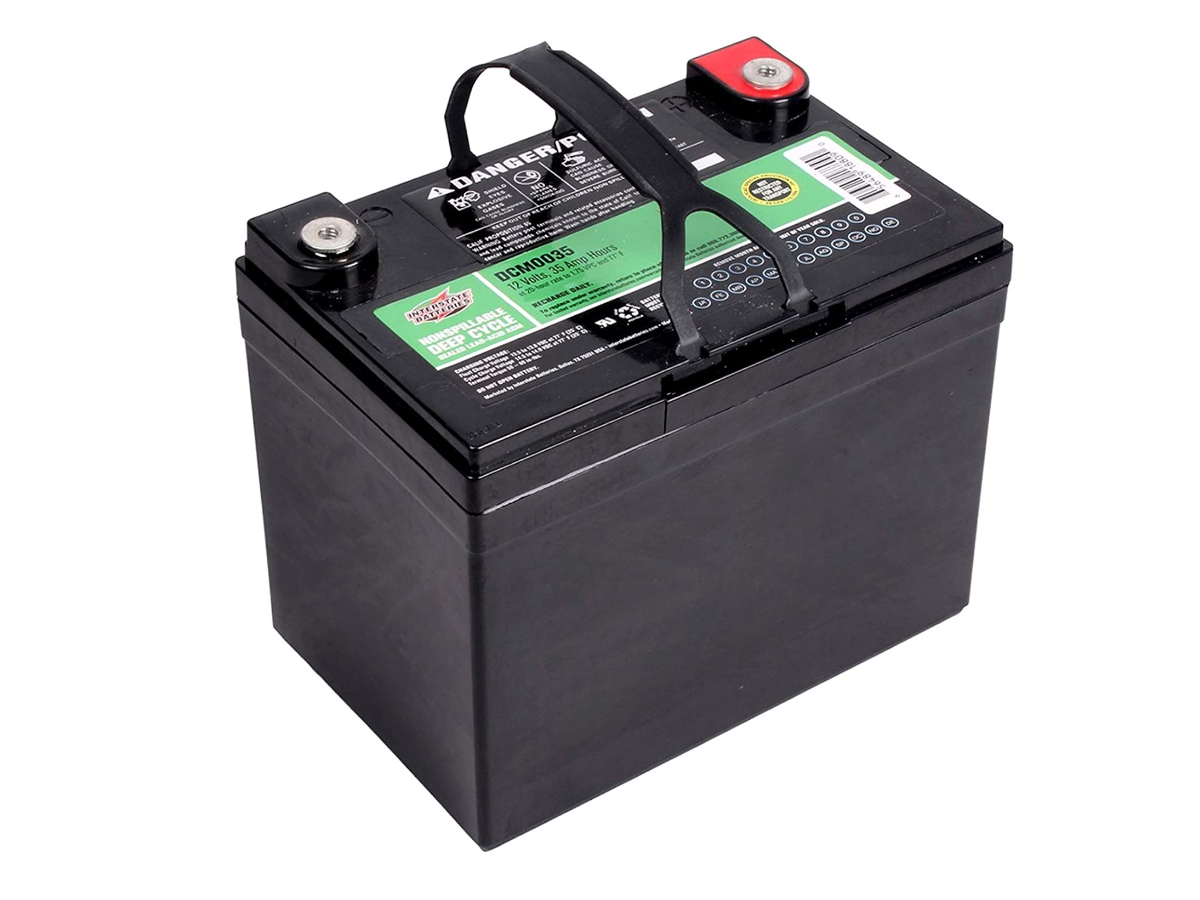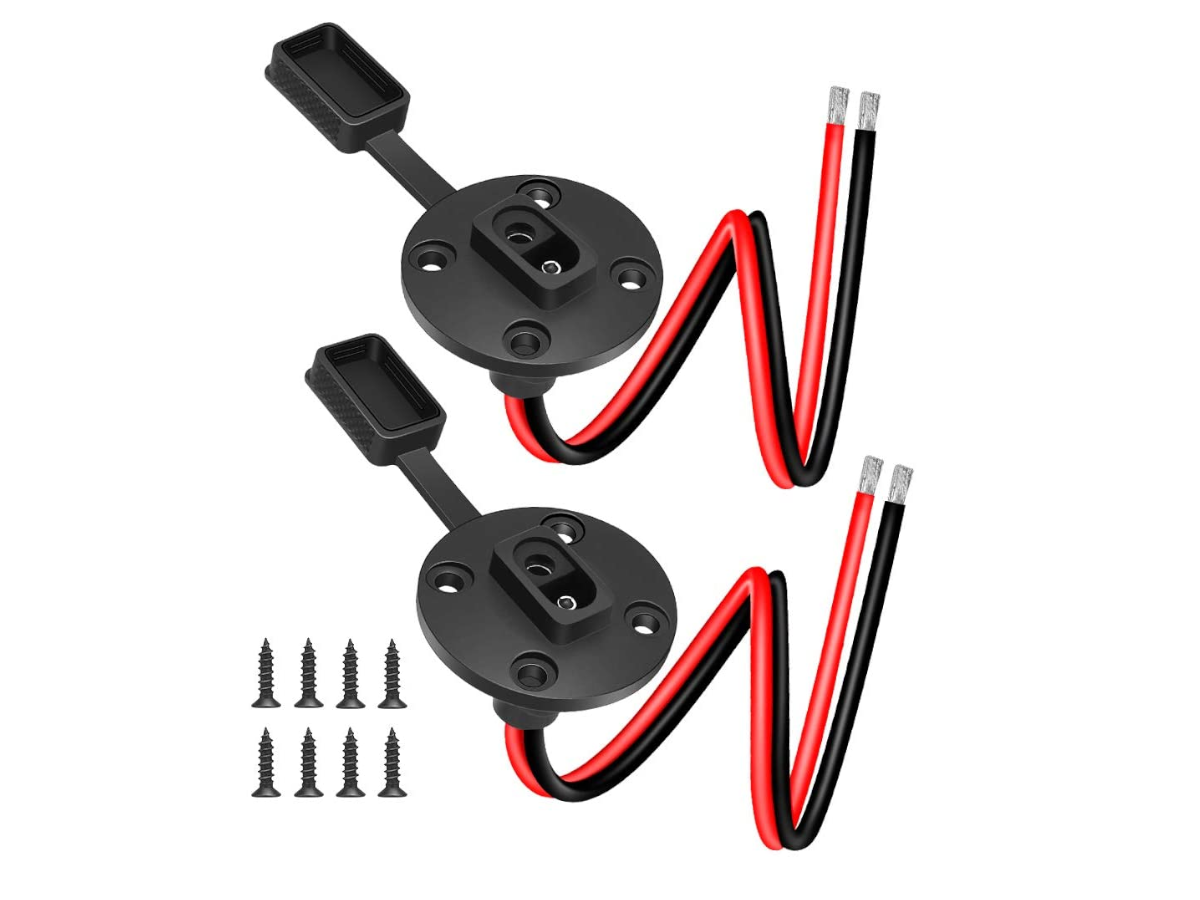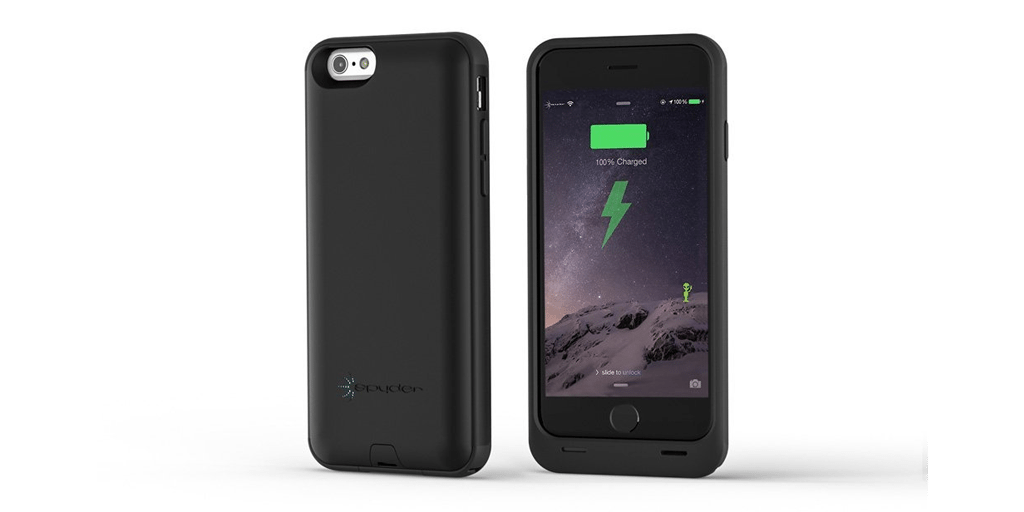Contrary to popular belief, we geeks enjoy spending some time outdoors and in the wild. With spring in full bloom and summer around the way, it is time to take things to the campgrounds, mountains, trails, lakes, and seas. With that in the mind, we geeks are always looking for a way to balance nature with technology, and there are many everyday innovations that allow us to do so. Previously here on GeekDad, Brad Moon covered the amazing Jackery Explorer 500 as well as the Jackery SolarSaga 100W Portable Solar Panel.
For this review, I will be using the Jackery Explorer 300 and contrasting it with my own DIY battery box that I created with a little help from some internet research.
The Jackery Explorer 300
The Jackery Explorer 300 is one of the more affordable power solutions in the Jackery line, coming in at a svelte $299. For that price, you get a mountain of power at 293Wh, along with a tremendous amount of flexibility in how you distribute it. The Explorer 300 is a turn-key out-of-the-box solution that needs no assembly or special instructions. You simply charge it and plug in your devices.
Specifications
BATTERY INFO
Capacity: 293Wh (14.4V, 20.4Ah)
Cell Chemistry: Li-ion NMC
Lifecycle: 500 cycles to 80%+ capacity
Management System: BMS, Over Voltage Protection, Short Circuit Protection
PORTS
AC Output: 110VAC, 60Hz, 300W (500W Surge)
USB-A Output: 5V, 2.4A
Quick Charge 3.0 Output 5-6.5V, 3A / 6.5-9V, 2A / 9-12V, 1.5A
USB-C PD Output: 5V, 9V, 15V, 20V, 3A
Car Output: 12V, 10A
DC Input: 12V-30V (90W Max)
RECHARGE TIMES
AC Adapter: 4.5 Hours
12V Car Adaptor: 5 Hours
SolarSaga 100W Solar Panel:
USB-C PD: 5.5 Hours
GENERAL
Weight: 7.1 lbs (3.2 kg)
Dimensions (LxWxD): 9.1 x 5.2 x 7.8 in (23 x 2313.3 x 19.9 cm)
Operating Usage Temperature: 14-104F (-10-40℃)
Certification: FCC, ROHS, UN38.3
Warranty: 24 Months
Optional Accessory: Jackery SolarSaga 100W Solar Panel
The DIY Portable Battery
Case: The Harbor Frieght Tacticle Ammo/Utility Box, $11.99
Battery: Interstate Batteries 12V 35AH Sealed Lead Acid (SLA) AGM Deep Cycle Battery (DCM0035) Insert Terminals, $89.99
Electronics: Link style 4 in 1 Charger Socket Panel, 12V 4.2A Dual USB Charger Socket Power Outlet & LED Voltmeter & Cigarette Lighter Socket & LED Lighted On Off Rocker Toggle Switch, $17.49
SAE Connector: Electop Solar Weatherproof SAE Socket Sidewall Port, SAE Cable Quick Connect Panel Mount Universal Flush-Mountable Connector for Solar Generator Battery Charger with 8 Screws(2 Pack), $12.99
This part will be used for USB and 12v car connections as well as give a live reading of the voltage and an on and off switch. You will need a spade drill bit or a hole bit to cut into the box and fit everything properly.
12-Way Fuse Box: Blade Fuse Block Holder Screw Nut Terminal W/Negative Bus 5A 10A 15A 20A Free Fuses LED Indicator Waterpoof Cover for Automotive Car Marine Boat, $21.99
This will be used to charge the DIY Box and connect my trolling motor.
Once I had all of my components, it was time to assemble my box. The plan was to have a common ground and then run all of the positives to their own individual circuit and fuse so that if one thing failed it did not take down the whole system. The main power also has its own fuse.
Final Thoughts and Recommendations
In my quest to make the ultimate portable power supply, I found out that I was dealing in apples and oranges. I have always had a surface level of understanding when it came to power, and this adventure taught me a great many things: the real difference between AC and DC power, the difference between amperage and wattage, the significance of the drawing power of a device and the different types of batteries, and what they provide.
It is actually a fun and pretty safe project to do with your kids and, when completed, they have a portable battery for their own adventures. It may save you from hearing “Dad, my tablet is dead!” which may save you a few more pre-mature grey hairs. The only true advantage it has over the Jackery is its ability to power my Minnkota endura 30 trolling motor. To be clear, it is not nearly powerful enough for a long day of using the trolling motor, but you can get about three hours of continuous use, which, when you spread out between all of your stops and starts, can last you a good afternoon fishing trip. If you are just using it to power devices through the USB ports, you can take it for a while weekend without a charge and not break a sweat. I could hook it up to a solar panel, but I would need a power inverter and a few other items that I am not willing to invest in yet—though that may make for a nice future project to teach my son about solar electricity and how to convert it.
As far as the Jackery 300 goes, I absolutely recommend it for an out-of-box solution. It is so lightweight and compact, not to mention extremely versatile, and if you can pony up the extra $300 for the solar panel, it is an outdoor no-brainer for the camp, trail, or beach. My only regret is that it can’t power up the trolling motor in my kayak. That is the only privilege that goes exclusively to my DIY battery since the interstate it is built with is a deep cycle with at 35Ahr capability.
I love the Jackery 300 and fully intend it to be a staple in my life. It currently sits in the back of my SUV connected to a 12V port so that it charges every time I drive and is ready to go when I stop at the beach or decide to take an impromptu hike. I may buy a larger unit like the Jackery Explorer 500 and set it up with the solar panel at my friend’s powerless dock front cabin in Rhode Island so we can enjoy a little TV while we cut bait and tell fishing stories.
The technology in these new power supplies may change the ways families work and play in the future. At the very least, you might want to invest in one for power outages so you can run a small refrigerator, television, light source, or just to keep your devices powered so that you can contact others in an emergency.
The opinions in this article are the authors alone and not that of the manufacturers or editorial board.










